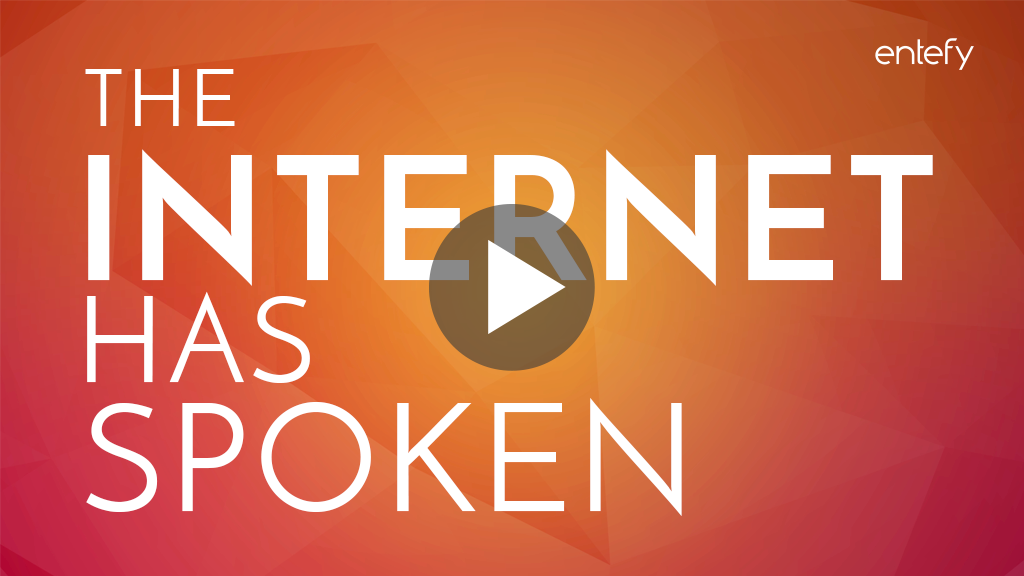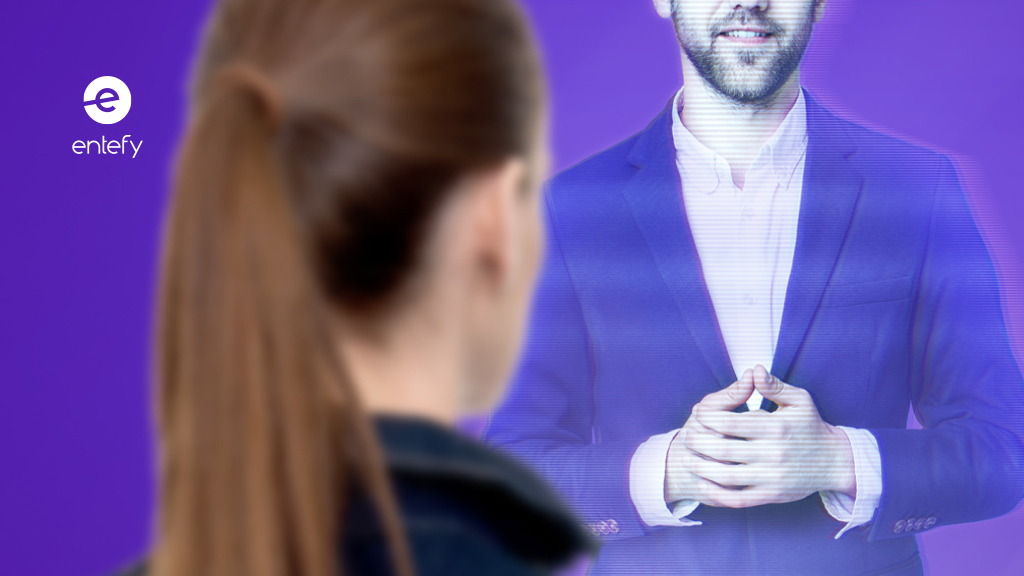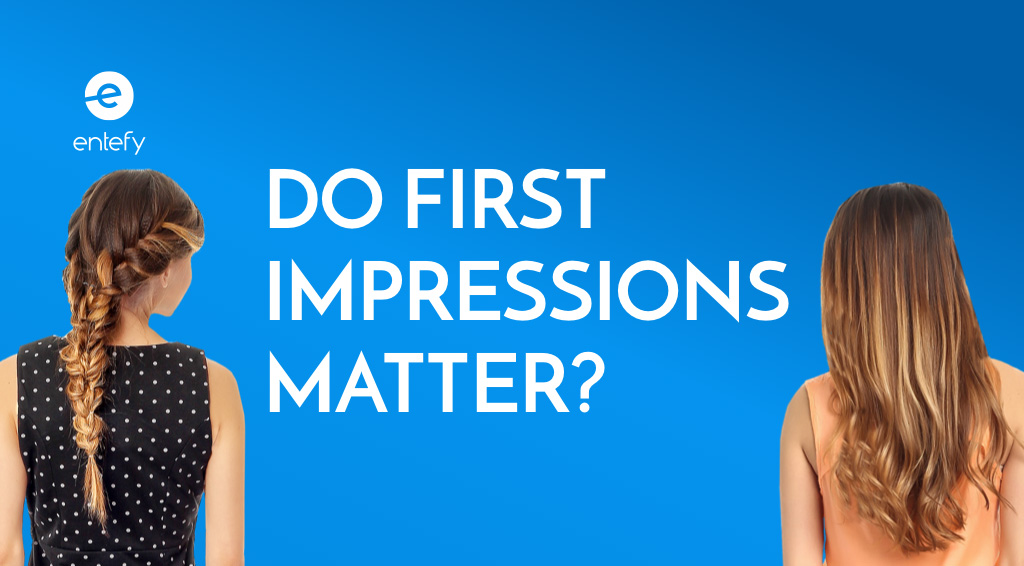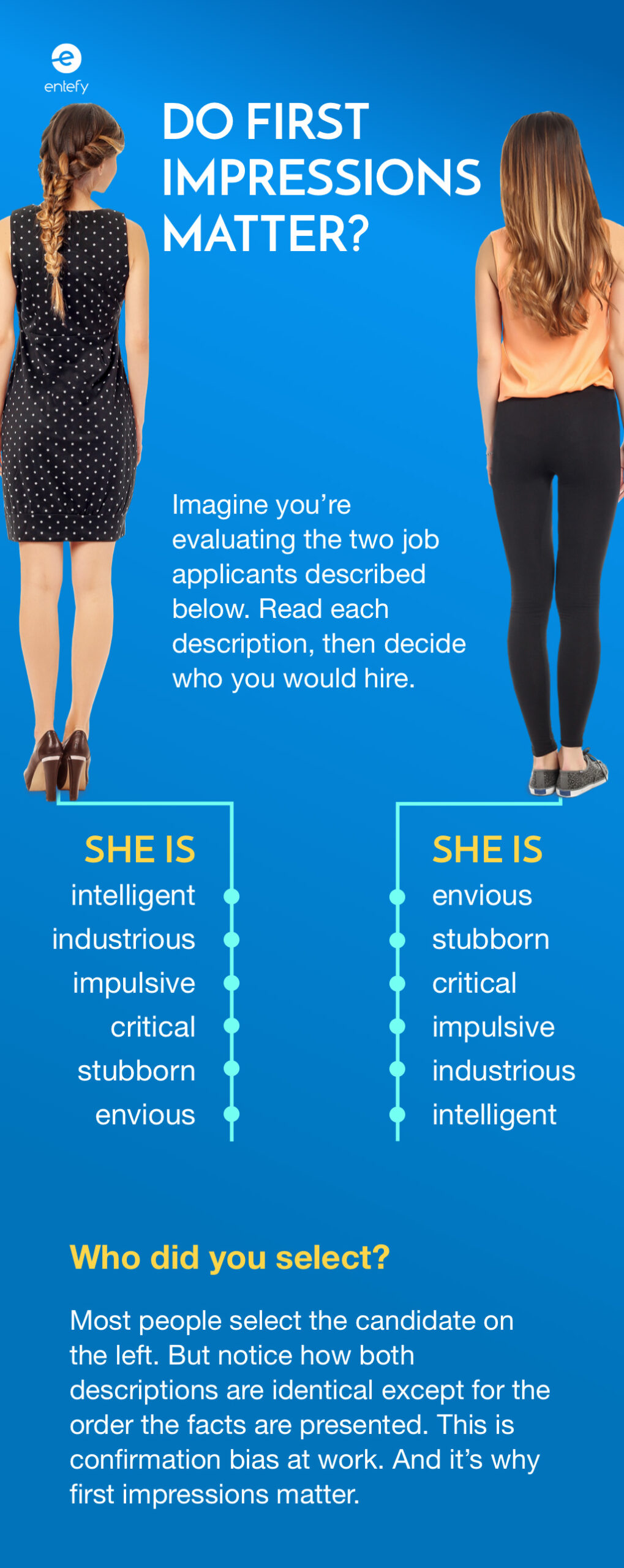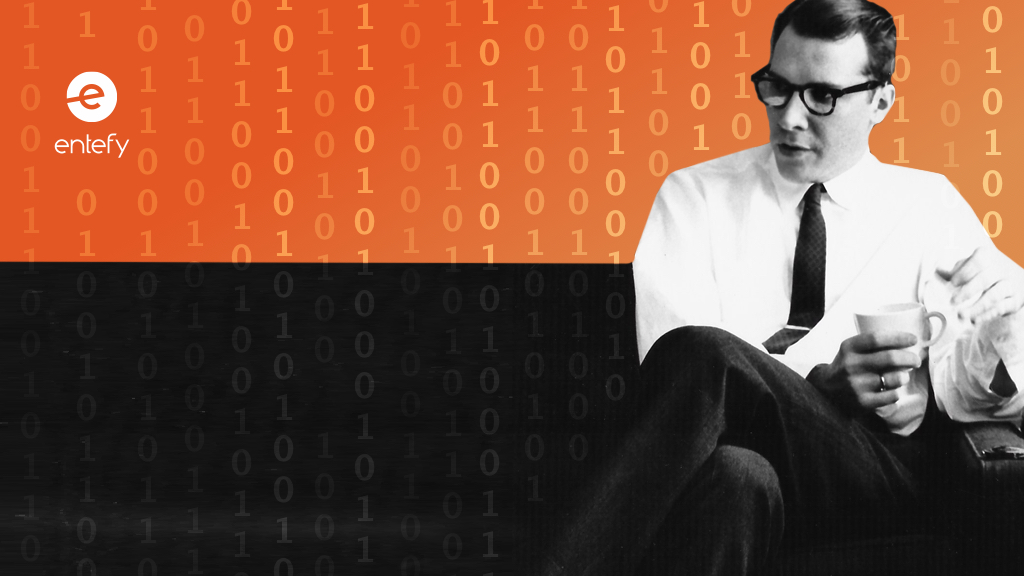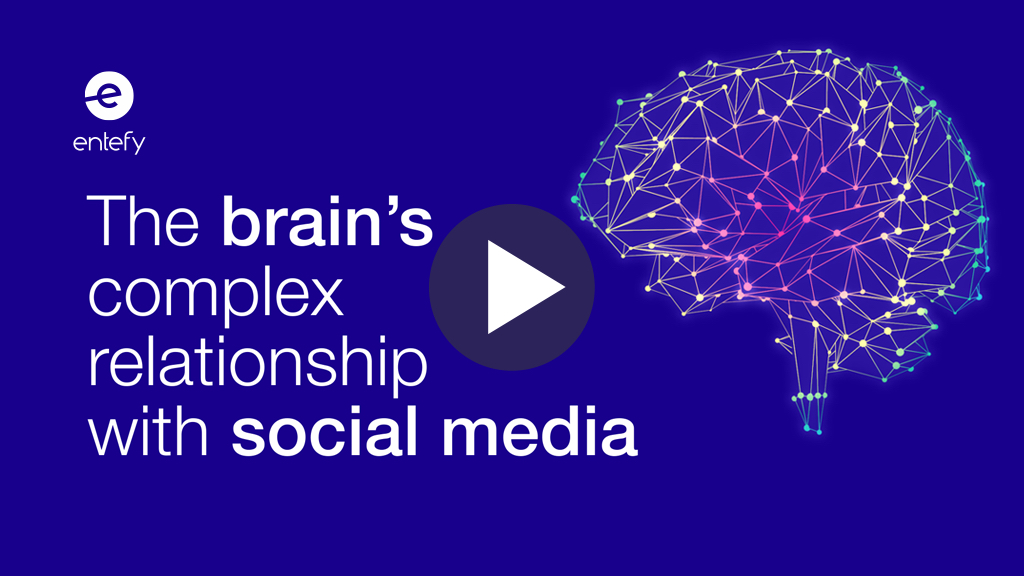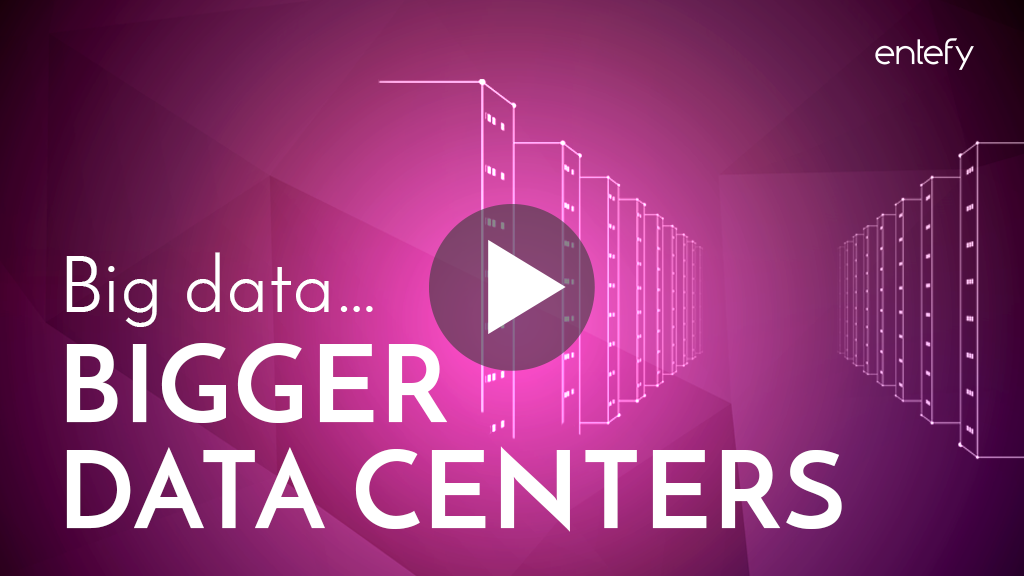A friend of Entefy went off the grid for a “Think Week,” a distraction-free week of personal and professional goal setting. She shared her insights into how to pull off a successful and productive Think Week.
Earlier this year, Entefy examined the myth of busyness that consumes many people’s lives. Our research revealed that most of us have more time in our days than we realize, but we’re often too “busy” to use those hours effectively. I’m guilty of exactly that. Between professional responsibilities, social plans, and life’s logistics, I often felt that my whole day was spoken for before I got out of bed in the morning.
As I reflected on my constant busyness, however, I noticed patterns that contributed to the persistent feelings of exhaustion and frustration that came from my seemingly over-packed schedule. My days were peppered with interruptions – text conversations, social media checks, phone calls. Most of these were non-urgent yet I’d respond instantly, which meant it took me at least twice as long as necessary to complete any task. One distraction led to another and then another. I realized I could reclaim a good hour or two of my day, at minimum, if I learned to better manage my habits.
But my brain craved the dopamine hits that come from checking social media or email every five minutes. Even when I swore I was going to focus, I couldn’t go more than 30 minutes without being seized by the impulse to do something more immediately gratifying. My life stayed busy – too busy. I needed to hit the reset button on how I approached my days and my priorities. I decided to take a Think Week.
A week for thinking deeply
In his book Deep Work, Cal Newport describes the famous example of J.K. Rowling checking herself into The Balmoral Hotel to escape the distractions of her daily life as she finished writing Harry Potter and the Deathly Hallows. But you don’t have to be an iconic author to benefit from time and space to reflect—as I proved when I took a Think Week this summer.
My goal was to reflect productively on my life and career. I hoped that taking time out to consider where I’m at, where I’ve been, and where I’m headed would inspire insights and motivations that had gone dormant in the crush of everyday responsibilities.
Think Week was an opportunity to disengage from my daily routine, and I found the experience rejuvenating. While it didn’t cure me of all my bad habits, it did help me identify and curb them. Remembering what it was like to not always be on my phone or consuming digital content gave me perspective on the appropriate place of email, social media, and the Internet in my life.
If you’re seeking a way out of the busyness trap, a Think Week can get you started down that path. Here are five steps you can follow to make the most of the experience:
1. Schedule your Think Week in advance
Marking your Think Week dates in your calendar will solidify its importance in your mind. It will also give you an opportunity to prepare your family, friends, and colleagues for your week of disconnection. A month out from your start date, create a list of everything you need to get done beforehand. This includes things like work projects, social plans you’ve yet to make, and visits to your parents.
Find out what your boss or colleagues need from you before you go out of the office and be mindful of how many commitments you take on during these four weeks. Think Week will approach faster than you realize and you don’t want to be pulling all-nighters just to hit your deadlines. The transition will go more smoothly if you’re transparent with everyone about what they can expect during this time and honor your existing commitments before you go off the grid.
2. Set boundaries
It’s not enough to say you’re disengaging from your typical patterns for the week. Habits are tough to break, and unless you set boundaries, you’ll find yourself fielding calls and texts while you’re supposed to be in contemplation.
Depending on your circumstances, you may want to allow contact from a limited number of people. But you should be clear with them and with yourself about what those allowed circumstances are. I told a few family members and close friends that while I wouldn’t be checking texts, email, or social media, I would leave my phone on so they could call me in an emergency. Then I blocked all social media, email, and text apps on my smartphone so I wouldn’t be tempted to check them throughout the week.
Decide how much connectivity you’ll allow yourself on other devices as well. I opted not to watch TV during my Think Week because I feared that I would fall down the slippery slope into a Netflix binge rather than reading or brainstorming. However, I allowed myself Internet access and watched YouTube videos that I deemed educational or relevant to the topics I was pursuing during the week. Laying out the guidelines in advance gave the week structure, and it helped me overcome my impulses to indulge shallow pursuits while I was supposed to be contemplating the big questions in my life.
3. Establish clear goals
Know why you’re doing a Think Week and what you hope to gain from it. You don’t need to set grueling or unrealistic expectations for yourself, such as writing the first draft of a novel or inventing a life-changing product. In fact, it’s probably better if you avoid pursuing such specific outcomes. Paint your goals with broad strokes so that your Think Week has a guiding purpose, but leave room for meandering trains of thought and brainstorming sessions that might lead you to new goals entirely.
I identified a few key areas in which I was seeking clarity, including long-term career goals and lifestyle changes. Keeping these targets in mind brought focus to my days, so I didn’t wake up each morning feeling aimless. I didn’t follow a set routine during the week, but I knew my purpose each day. By the time Think Week ended, I felt confident that I could put my newly clarified goals into action.
4. Be spontaneous
The beauty of Think Week is that you’re out of your daily routine, which can give rise to impulses and interests you’d usually ignore. During my Think Week, I spent large portions of my days reading on the couch. On writing intensive days, I liked to spend a few hours at a local coffee shop because the change of scenery helped me think. Indulging whatever setting felt right in the moment helped me gain momentum in my thinking and planning.
Make a list of places that you enjoy visiting, and keep it on hand during Think Week. If you’re feeling stuck or restless in your home, go for a walk or wander around a bookstore. Perhaps you do your best thinking in the woods. Allow yourself the luxury of visiting places that inspire you, because spending time in these environments could spark connections that accelerate your thinking.
5. Plan how to build Think Week findings into your life
A day or two before Think Week ends, block off a few hours to plan your transition back to your normal schedule. By this point, you’ll have some idea of changes you want to make or goals you want to achieve. Without a plan for how you’ll work these into your routine, however, your Think Week energy will quickly dissipate and little will change.
Perhaps you can scale back on some social commitments to make more time for the extracurricular work project you want to tackle. Maybe you need to delete certain apps from your smartphone until you’re in the habit of only checking them at certain times, allowing you to cultivate better discipline and greater productivity. Whatever your strategy, write it down and create reminders you can post around your home or workspace to keep your priorities top of mind.
By the end of my Think Week retreat, I had reconnected with my big picture goals, what I want to achieve in my career, and what matters to me on a personal level. In the noise of constant connectedness, I had let passion projects fall by the wayside and become distant from people I value. After seven days of disconnection, I felt renewed in my priorities and had a clear path toward honoring them. I also had a game plan for having more productive, fulfilling days, which began with strict limitations on how and when I use social media and email. If you never break free of your daily routine, you might be aware that you need a change, but that change will never happen. You need to step outside the stream of input, responsibilities, and stimulation to learn how to flow more effectively within it.
If the idea of a Think Week appeals to you but you can’t swing a full seven days, try a Think Weekend. Spend Saturday and Sunday offline, do some reading, and give yourself a chance to explore the thoughts and questions that have been lingering at the back of your mind. The act of disconnecting and devoting your attention to deep topics will feel revolutionary, and it could well change the way you structure your life.
